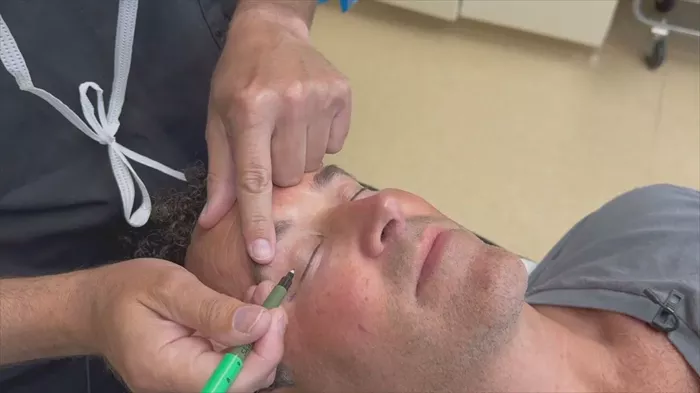New research highlights that cancer survivors remain at significant risk of developing secondary primary cancers—distinct from metastatic disease—due to treatment effects, genetic predisposition, or lingering health impacts. These secondary cancers, which arise independently in different tissues, pose a critical yet often overlooked challenge in long – term survivor care.
Mechanisms and Risk Factors
Survivors of cancers like breast, prostate, or lymphoma have elevated risks of secondary malignancies. Radiation therapy, for example, increases the likelihood of solid tumors (such as lung or skin cancer) in irradiated areas, while chemotherapy may damage DNA, triggering new cancers years later. Genetic syndromes like Li – Fraumeni or Lynch syndrome also predispose survivors to multiple primary tumors. A 2024 analysis in JAMA Oncology found that 15% of long – term cancer survivors develop a secondary primary cancer within 10 years, with risks highest in survivors under age 40 at diagnosis.
Distinguishing Secondary Cancers from Metastasis
Unlike metastasis (where cancer cells spread from the original tumor), secondary cancers are new tumors with distinct genetic profiles. For instance, a breast cancer survivor may later develop a primary thyroid cancer unrelated to the initial disease. This distinction is crucial for treatment: secondary cancers often require different therapies than metastatic recurrence.
Screening and Prevention Strategies
Experts emphasize personalized surveillance for survivors. “Standard cancer screenings may miss secondary risks,” says oncologist Dr. Lisa Chen. Survivors of childhood cancers, in particular, need tailored protocols—such as annual MRI scans for brain tumors or colonoscopies for gastrointestinal cancers. Lifestyle modifications like smoking cessation and sun protection can also mitigate risks, as tobacco and UV exposure compound treatment – related vulnerabilities.
The findings underscore the need for integrated long – term care plans that address both recurrence and new cancer risks. “Survivorship care must evolve beyond post – treatment monitoring to proactive secondary cancer prevention,” notes the Endocrine Society, calling for expanded insurance coverage of specialized screenings for high – risk populations.
Related topics:

































